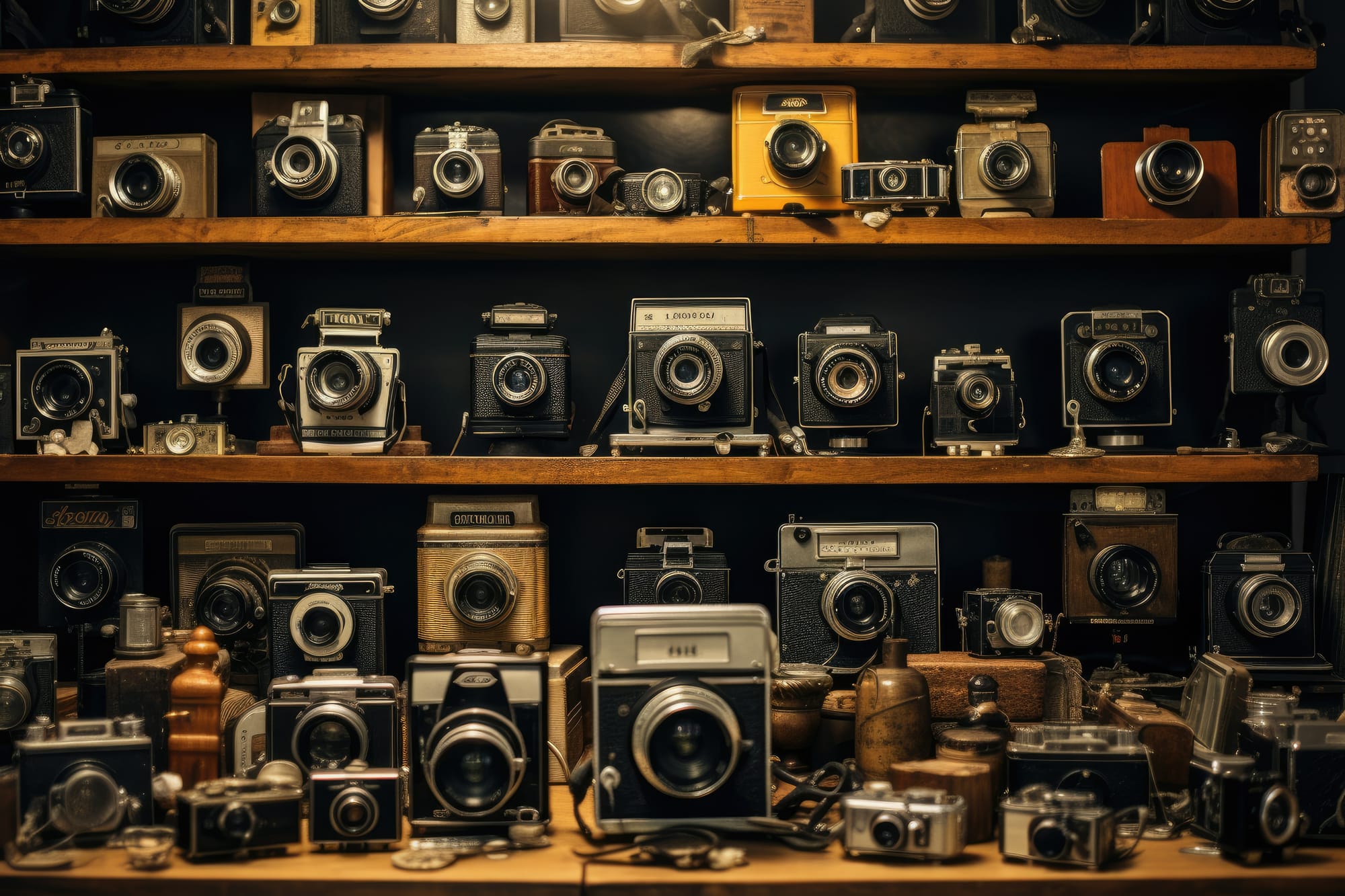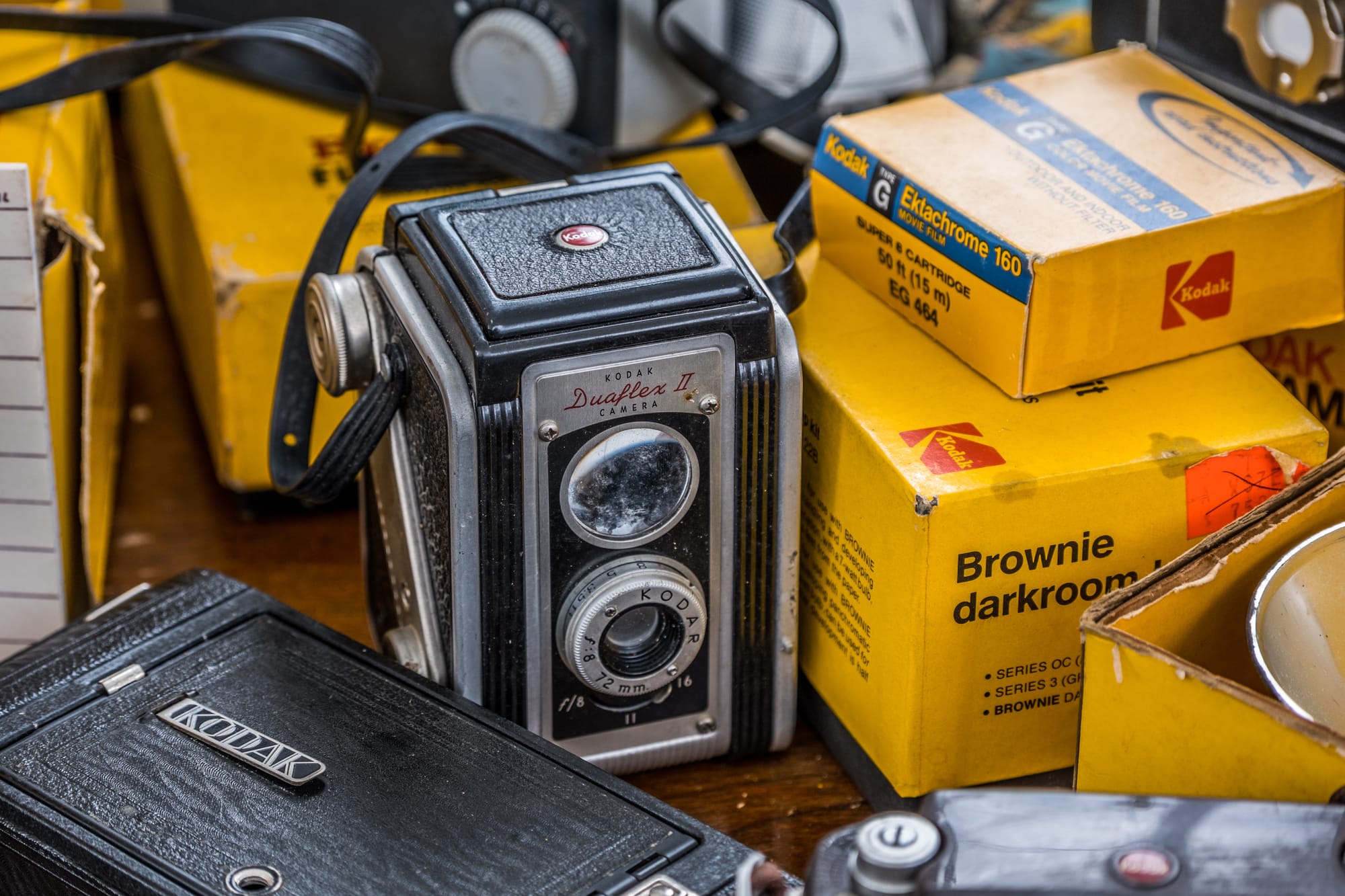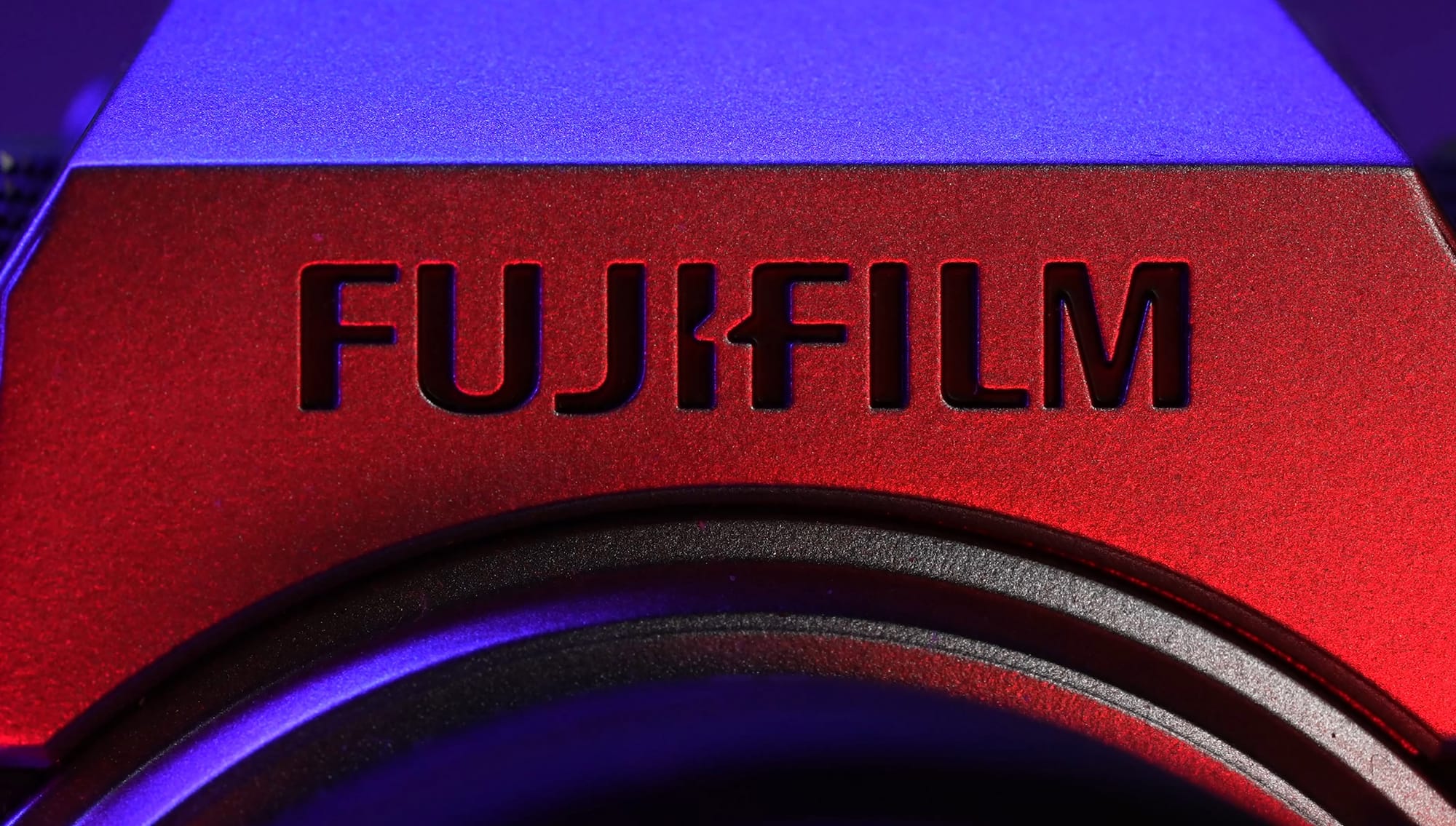Camera Chat: The Invention of the First Digital Camera

Have you ever wondered how cameras evolved into the high-tech devices we now use almost daily? Of course, back in the 19th century, we began with cameras that required subjects to remain static for minutes to capture their image on polished silver surfaces. We then went on to use smaller and quicker material that could fit in our coat pockets with a film roll.
But how did we go from using films to requiring just a simple memory card to capture a tremendous amount of photos in a single second?

Where it all began...
Strangely enough, this story doesn't begin in a photo studio in the Marais of Paris, nor the busy streets of New York. Instead, it starts in 1961, in the office of a 27-year-old Aerospace Engineer. Young Eugene F. Lally was working at NASA's Jet Propulsion Laboratory. Though his assigned tasks lay elsewhere, his mind still wondered if he could help astronauts in navigating their way through the unexplored space.
His idea was to use the technology of colour filter mosaic (CFM), which involves arranging the RGB pixels in a picture to mimic human eye cones and enabling the representation of colours. But enough with the technicalities! He wanted to install this technology on spacecraft, that way astronauts could register stars and planets to know their way across the stars.
Though his theory received great applause when it was presented at a conference in 1961 and even more once it was published in 1962, it remained just a theory as contemporary technologies were not yet advanced enough to realise it. However, on a positive note, even though his theory of a digital camera was not feasible at that time, he was still able to fix a big issue of photography at the time: red eyes in pictures.
It was only 15 years after Lally's theory that the first digital camera was built.

Sasson's secret project
This part begins in Kodak's research lab, known back then as Eastman Kodak located in New York. Steven Sasson was tasked by his supervisors to develop an electronic camera using a new mechanism called charged couple device (CCD), which could capture light and translate it into usable data. The recently hired engineer was granted total freedom on this project as it was not considered of paramount importance for the company. He, himself, mentioned in a New York Times interview that no one really knew he was working on this device as it wasn't a major project. Even if it wasn't a secret, it allowed the company to keep him from getting in trouble doing something else.
For a year Sasson focused on this project. Having full autonomy he was able to explore any and every possibility of how he could get that device to work. At one point he questioned if the technology used for televisions could somehow be applied to any electric camera design comprising only stationary components. That was the idea that was stuck with him and he then went on to work on it for a year.
The only challenge with such a project was that inventing something new and exciting meant there was no predetermined route to follow. And though the mission seemed at first impossible, in December of 1975, he was finally able to present a working prototype of the first digital camera.
Like a Doctor Frankenstein of technology, he created it using different parts of other items. He took the lens from a Super-8 movie camera, a portable digital cassette to register the imagery was attached to the side, 16 nickel-cadmium batteries, about a dozen analogue circuits attached thanks to a circuit board and finally an Analogue-to-Digital converter (a technology that can convert information such as sound or light into a digital one) and of course the new (very temperamental according to Sasson himself) CCD technology that started this all project. Alongside this project, Sasson and his team also needed a device that could interpret the information saved on the cassette and then showcase it on the screen. They called it the playback system and it resembled a contemporary television.
The newly built camera was able to capture a black-and-white image, with a resolution of 0.01 megapixels, the analogue data was registered in 50 milliseconds but it took 23 seconds for the device to register the image and have it saved on the cassette to be transcripted to the playback system. To operate it, the photographer would first use a switch to turn on the device and then click it again to "snap" the photo. It was still far from the DSLR cameras that we are using today. The device weighs 3.6kg (about 5 times heavier than modern devices). Now that the prototype was ready they needed to test it. They asked one of the lab technicians present that day to pose, so Sasson could capture their picture with his strange device. They settled on a simple head and shoulders shot that appeared on the playback system screen.
Now you could imagine that with such a tremendous new technology, the company would invest all its engineers on the project to be the leader of a brand new market. But, as you may know, Kodak was the leader of the film photography market in the United States. Not willing to change the status quo they stuck to film cameras for the next 14 years.

Getting on the shelves
In the meantime, many other companies saw the new opportunity that the digital camera could bring them. More specifically, a Japanese company known as Fujifilm. In 1988 they presented the Fujix DS-1P, the prototype of the world's first fully digital camera. It was called as such because compared to Sasson's design this did not use any analogue system to save data, as it required a semiconductor memory card (developed by Toshiba). It was also able to capture images in 400 kilo-pixels and could save up to 10 photographs in total. The model was first introduced at the Photokina show in Cologne, Germany (a European photography trade fair for the photography and image industry) but was unfortunately never commercialised due to the high cost of a semiconductor memory card.
However, the company still expected the future of photography to be cameras using digital. Therefore, they decided to wait for new image-capturing technology to emerge and hold on before they started marketing such technology. We would have to wait until a year later when Fujifilm launched the first commercialised digital camera the Fujix DS-X.
Since then the technology of DSLR photography kept growing each year, with new designs and new capacities. But with all of this, it is still refreshing to know that the first step to creating the tool that brings up such passion and his part of our daily lives started with a dream of mapping out the stars.
We hope you enjoyed this article. If you'd like to learn more about the best practices for your photography business and discover helpful tips and tools, browse our growing collection of articles containing useful tools, techniques, and best practices.
